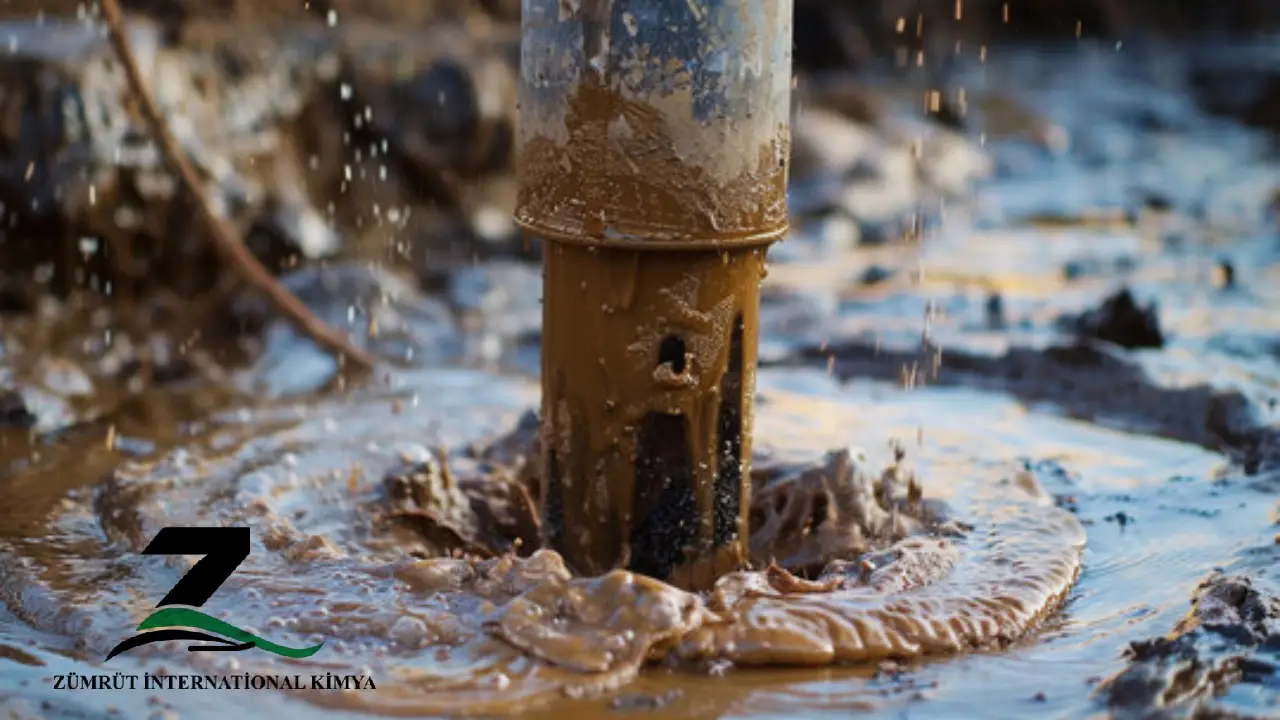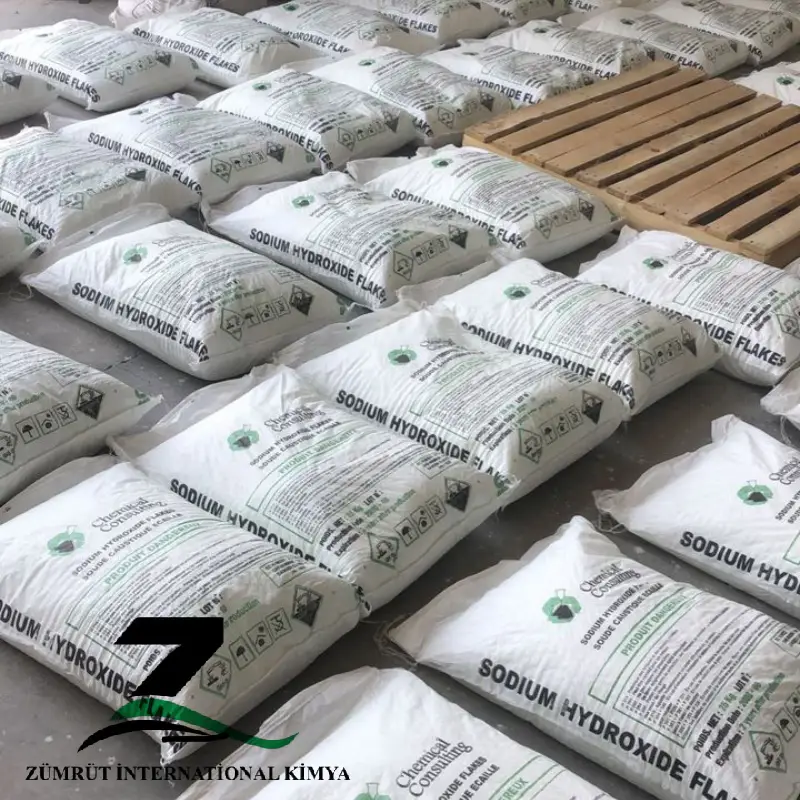
Caustic Soda in Drilling Mud:
Drilling mud(drilling Fluid), in petroleum engineering, is a heavy, viscous fluid mixture. It is used in oil and gas drilling operations to carry rock cuttings to the surface. The drilling mud, by hydrostatic pressure, also helps prevent the collapse of unstable strata into the borehole, and the intrusion of water from water-bearing strata that may be encountered.
Drilling muds are traditionally based on water, either freshwater, seawater, naturally occurring brines, or prepared brines. Many muds are oil-based, using direct products of petroleum refining such as diesel oil or mineral oil as the fluid matrix. In addition, various so-called synthetic-based muds are prepared using highly refined fluid compounds that are made to more-exacting property specifications than traditional petroleum-based oils. generally, water-based muds are satisfactory for the less-demanding drilling of conventional vertical wells at medium depths. oil-based muds are better for greater depths or in directional or horizontal drilling. they place greater stress on the drilling apparatus. Synthetic-based muds were developed in response to environmental concerns over oil-based fluids, though all drilling muds are highly regulated in their composition, and in some cases, specific combinations are banned from use in certain environments.
Drilling Fluid additives
A typical water-based drilling mud contains a clay, usually bentonite, to give it enough viscosity to carry cutting chips to the surface, as well as a mineral such as barite (barium sulfate) to increase the weight of the column enough to stabilize the borehole.
Role of Caustic Soda in Drilling Mud
- pH Control
Purpose: Drilling fluids must maintain a specific pH range for effective operation.
Role of Caustic Soda: Increases the pH of the drilling mud, making it more alkaline. This:
– Enhances the solubility of certain drilling additives.
– Reduces corrosion of drilling equipment caused by acidic environments. - Clay Stabilization
Purpose: Prevent clay particles from swelling and destabilizing the wellbore.
Role of Caustic Soda: High pH levels achieved with caustic soda minimize clay swelling, ensuring wellbore stability. - Corrosion Prevention
Purpose: Protect drilling equipment from wear and damage.
Role of Caustic Soda: A higher pH environment reduces the corrosive effects of acidic gases like carbon dioxide (CO₂) and hydrogen sulfide (H₂S), extending the life of drilling tools. - Enhancing Viscosity and Fluid Properties
Purpose: Maintain the correct viscosity of drilling fluids for effective cutting transport and lubrication.
Role of Caustic Soda: Works with other additives to maintain desired rheological properties. - Neutralizing Acidic Contaminants
Purpose: Address unexpected influxes of acidic gases or fluids during drilling.
Role of Caustic Soda: Neutralizes acidic contaminants, preventing adverse chemical reactions that could destabilize the drilling fluid. - Environmental Benefits
Purpose: Ensure safe disposal and minimize environmental impact.
Role of Caustic Soda: Used in treating and neutralizing drilling waste to meet environmental safety standards.

Caustic Soda in Drilling Mud
Smaller quantities of hundreds of other ingredients might be added, such as caustic soda (sodium hydroxide) to increase alkalinity and decrease corrosion. salts such as potassium chloride to reduce infiltration of water from the drilling fluid into the rock formation, and various petroleum-derived drilling lubricants. Oil- and synthetic-based muds contain water, bentonite, and barite for viscosity and weight, and various emulsifiers and detergents for lubricity.
Drilling mud is pumped down the hollow drill pipe to the drill bit, it exits the pipe and then is flushed back up the borehole to the surface. For economic and environmental reasons, oil- and synthetic-based muds are usually cleaned and recirculated. Larger drill cuttings are removed by passing the returned mud through one or more vibrating screens. sometimes fine cuttings are removed by passing the mud through centrifuges. Cleaned mud is blended with new mud for reuse down the borehole.
Advantages of Using Caustic Soda in Drilling Mud
- Cost-Effective: Easily available and economical.
- Versatile: Works effectively with a range of other drilling fluid components.
- Reliable: Provides consistent results in pH regulation and contaminant neutralization.
Safety and Handling
Caustic soda is highly caustic and requires proper safety measures:
- Protective Equipment: Gloves, goggles, and face masks are necessary to avoid skin burns and inhalation risks.
- Storage: Should be kept in a dry, well-ventilated area to prevent reaction with moisture and carbon dioxide.
- Neutralization: Requires controlled handling during disposal to prevent environmental harm.


